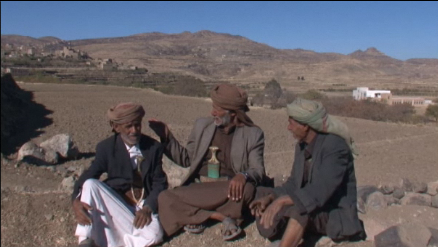 Groundwater depletion has been a major cause of concern worldwide, most recently as a contributor to rising sea levels. According to a recent estimate, we pumped out 4,500 cubic kilometres of water from our aquifers between 1900 and 2008. Almost 30% of that volume was extracted between 2000 and 2008 alone.
Groundwater depletion has been a major cause of concern worldwide, most recently as a contributor to rising sea levels. According to a recent estimate, we pumped out 4,500 cubic kilometres of water from our aquifers between 1900 and 2008. Almost 30% of that volume was extracted between 2000 and 2008 alone.
The nature and extent of depletion varies from region to region. According to the most recent investigation, there is at least one discernible pattern: the depletion has been fastest in some of the world’s major agricultural centres, such as northwest India, northeastern China, northeast Pakistan, California’s central valley, and the midwestern United States.
This has been driven either by natural factors (such as inadequate surface water supplies), or by misconceived policies (such as subsidized power tariffs for agricultural pumping). Or, in some cases, both.
This problem can be framed as a technological one. And when it is, solutions recommended comprise of water-efficient irrigation systems, conservation techniques, multiple uses of extracted water, recharge of aquifers and maximizing the harvest of rain/ surface water sources. The following videos demonstrate some examples:
- Rainwater Harvesting and Food Security
- Runoff: Slow it down, Spread it out, Soak it in
- Introduction to 3R (Recharge, Retention and Reuse)
A combination of such techniques/ practices, or what is referred to as the 3R approach, has helped recharge groundwater resources and transform landscapes around the world. 12 specific cases have been documented in detail in Transforming Landscapes, Transforming Lives (a recent book co-published by a consortium that includes TheWaterChannel.)
Most often, however, groundwater management solutions are conceived in terms of institutions, governance and people. Across a variety of contexts, it has been observed that groundwater is managed best when end users come together and participate actively.
The nature of the resource is such that top-down, centralized regulation results in ill-conceived plans, high transaction costs, inadequate behavioural change and ineffective implementation. On the other hand, when users of a common aquifer take over the responsibilities, they manage scarcity much better.
There are no easy explanations to how this can be facilitated. Why/ when/ how people cooperate over scarce, shared resources is very specific to local factors. However, examples from around the world demonstrate that it is possible in a variety of contexts:
- United States: Water Before Anything: Crisis and Transformation -Umatilla Groundwater
- Yemen: Collective Action in Groundwater Management
- India: Demystifying H20
- Yemen: Groundwater Security in Yemen: Role and Responsibilities of Local Communities in Conserving Groundwater (Document)
- India: Addressing Groundwater Depletion through Community-based Management… (Document)
A third set of solutions view groundwater (or any water, for that matter) as a good that is scarce, and should therefore have a price commensurate with its value. Proponents of this view argue that present-day institutions managing/ governing groundwater use were formed in times when water was abundant. The current situation is one of scarcity, so we need to rethink our conception of water as a resource and retool institutions that govern them. Otherwise, scarcity might turn into real shortage.
Of course, water is still more fundamental to human life than any other resource. Therefore, markets for water have to operate within the context of traditional water rights and human rights. In the following videos, economist David Zetland fleshes out his views on what such a mechanism should look like:
Effective strategies would, in most cases, combine all three (and possibly other) approaches. Getting the mix right at regional/ national/ sub-national levels would be the big policy challenge. {jcomments on}


